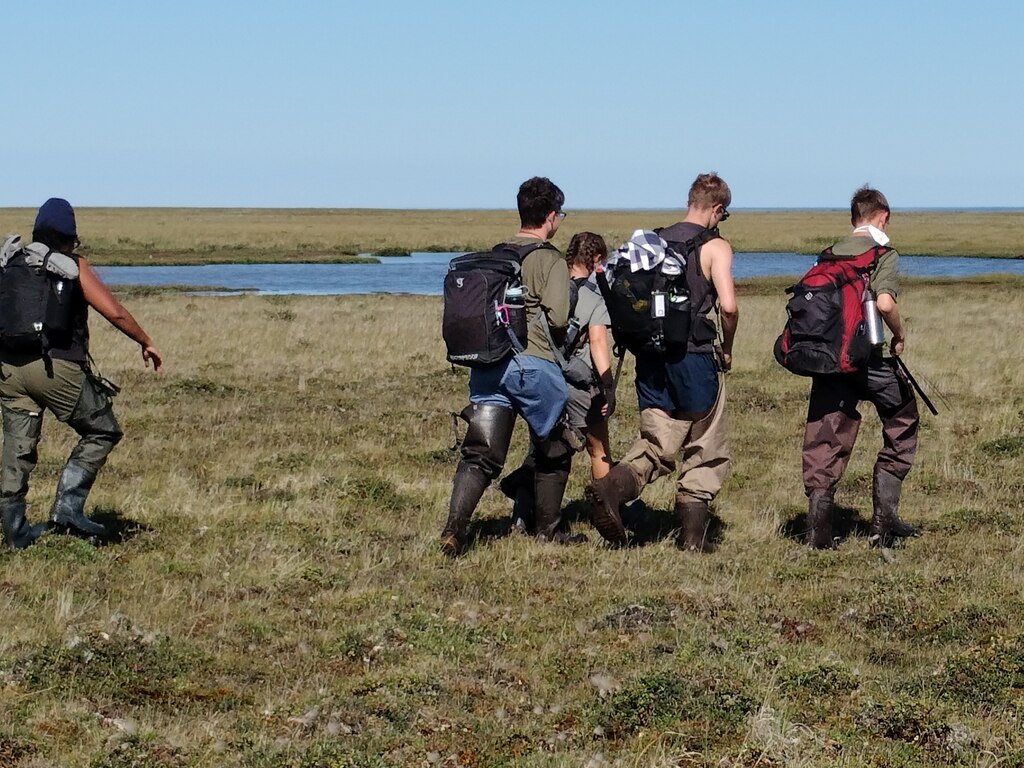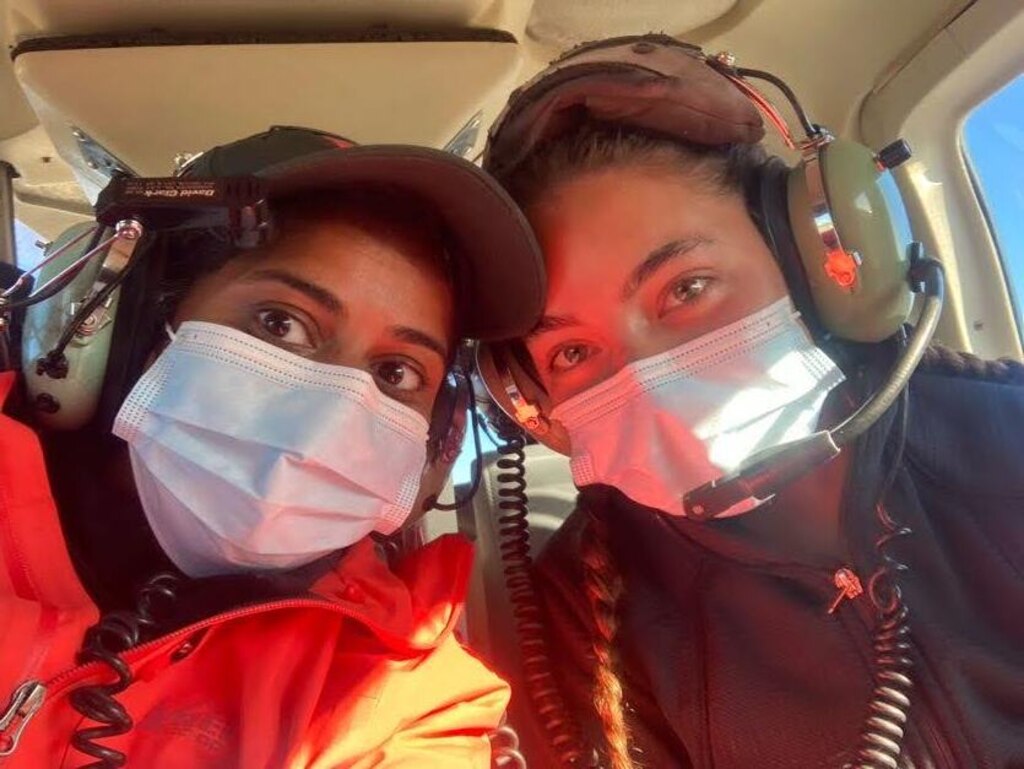Miles Spangler got off the phone and ran down the stairs. He circled the 3rd of August on his calendar and applied for a new passport.
The 17-year-old was going on the trip of a lifetime.
Spangler is one of 10 Baltimore high school students who will camp under the dancing northern lights, watch beluga whales at lunch and see polar bear cubs splash around streams in the Arctic this summer. He’ll make the journey to one of the most remote parts of the world with other students at the Baltimore Polytechnic Institute and The Park School to study climate change in a way that’s usually reserved for graduate students.
“I get to go and do the exact work I’ve always wanted to do, study animals in their natural habitat out in the Arctic,” Spangler said. “I thought I would have to wait until college to do this sort of research.”
The annual science and culture immersion trip has been bringing students to Canada’s Wapusk National Park — a place with no roads and just 150 visitors annually — for 15 years to work on a long-term research project. They’re measuring the Earth’s active layer thickness to determine how fast the permafrost — the ground layer below the Earth’s surface — is melting.
The organization that runs the trip is called International Student-led Arctic Monitoring and Research. It was founded in 2005 by Julie Rogers, a science teacher at the private Park School in Baltimore County. She was inspired by the nonprofit Global Explorers, where she helped design science and service immersion trips to destinations like the Amazon and Costa Rica.
“I was sitting on the board of this company, and I just thought, you know, kids could really benefit from this,” she said.
The organization expanded to Baltimore Polytechnic, nicknamed Poly, in 2014. Rogers’ neighbors’ kids, who grew up going to the Arctic with her, approached her about bringing it to their public school and got the green light from their principal.

Spangler joined the organization at Poly his freshman year after seeing them at a club fair. The club’s caribou project hooked him. Students examine photos of caribou herds from trail camera footage in the Arctic, noting the female to calf ratio to determine if the population is growing.
“It is a little bit tricky to learn all the methods because the main thing we have to do is tell apart males and females and that’s definitely not always easy. There can be a lot of things to remember sometimes,” said Spangler.
Other projects include soil sampling — a method of DNA research to find if there is a correlation between the types of vegetation growing in the permafrost — and digitally mapping the data they collect.

Spangler is also one of the student leaders at Poly. He teamed up the club with the school’s aquaponics lab to do an invasive species cleanup, said Vicki Mathew, the faculty advisor at Poly.
“It’s been interesting to see Miles grow as a public speaker, as a leader, trying to guide the students with coming up with ideas,” said Mathew. “ISAMR at Poly is kicking in student action in ways that I hadn’t seen before.”
Mathew said participants have been inspired to study environmental science in college or make it into a career. The program gives students the chance to figure out how to collect data, who should have access to it and where to publish it — opportunities they don’t get in the classroom, Rogers said.
Though about 40 students participate in the club each school year, only a handful are selected to go on the trip to the Arctic following an application and interview process. The trip is at no cost to the students since it is paid for by grants from the Natural Sciences and Engineering Research Council of Canada and other organizations that support unrepresented people in STEM.
The journey to the Arctic takes two days, if there are no transportation delays. First is a flight from BWI to Winnipeg in central Canada, followed by a nine-hour bus ride farther north to Thompson and an overnight train to Churchill, an Arctic port town in northern Canada, where Baltimore students meet local high schoolers who go on the trip with them.
The journey culminates in a helicopter ride into Wapusk National Park.


Helicopters cost about $2,000 an hour, making it the organization’s main expense, Rogers said. The Polar Continental Shelf Program and Parks Canada provide funding for logistical support like the helicopters.
Field researchers volunteer their time to work with students, teaching them different research methods, Rogers said.
Students have not published their research yet; however, they have presented their findings at international conferences like the ArcticNet Annual Scientific Meeting in Canada.
“ISAMR has probably been one the best things I could’ve ever joined,” Spangler said. “It’s gotten me the chance to do, like, so much cool stuff, meet so many cool professionals and get so many opportunities for research and getting stuff to add onto my memories.”





Comments
Welcome to The Banner's subscriber-only commenting community. Please review our community guidelines.